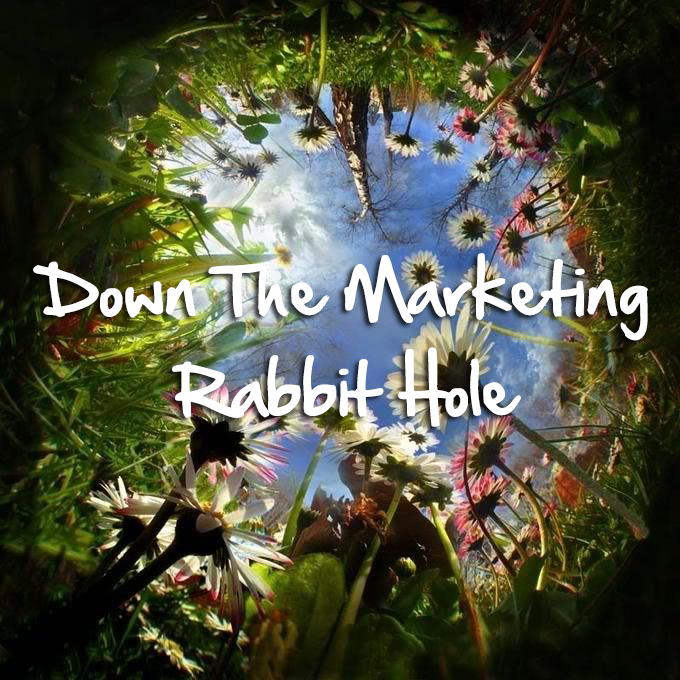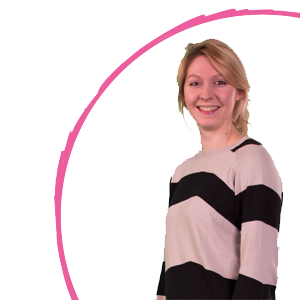
Due to creative interests, I’m afraid I carry that habit of trying to find meaning in everything, anything, which has a danger of irritating those other personalities who prefer a more pragmatic life.
At MWS Media we could potentially suffer from this condition, given our creative outlets, were it not for setting clear goals and structures in our marketing plans, and equally with client projects, collaborating with their ideas to produce effectively targeted video.
But if I were to go back to my habit, I’ve wanted to see if I can find business relevance in a story I’ve grown up with, and if there is advice and ideas there. I recently re-read Alice in Wonderland, and if I looked at it from a marketing and business perspective, which still seems odd to do, there were some unexpected parallels. (Admittedly, I was looking for them.)
If there’s one thing Alice in Wonderland could possibly teach us if we ever tried to translate it into the world of business, it’s about perception, presumptions and dealing with different people.
Despite how outrageous and surreal these characters are in this story, there are aspects in all of them that could be seen to reflect certain types of marketers and the marketing strategy behind them.
What I’d like to think about for this post is how some of the quotes in the story can act as advice, and how some characters are identifiable to your work in marketing and developing business. I will explain each anecdote under the title Personality, or Perspective, just to make it clearer (or perhaps more pretentious.)
So imagine for a moment that Alice is both yourself and potential customer, and Wonderland embodies not just your business and brand, but the world around you too.
Personality: The Cheshire Cat
This is a certain type of marketing manager that provides both good and bad qualities. The good thing about being a Cheshire Cat marketer is you might offer industry knowledge and customer sympathy, giving your business that large smile that everyone else will now remember. However despite your efforts to reassure your audience (‘Oh, you can’t help that, we’re all mad here’) there is no real reason to believe or be guided by you because you stay completely out of the action. Be careful to lead by example, rather than staying up in your tree suggesting routes, leaving Alice more confused.
Personality: The Queen of Hearts
This kind of marketer or sales person has a good amount of success to prove their worth, they dominate others and shout the loudest so they can’t possibly be ignored. Whilst these qualities may guarantee your voice is heard, the major flaw in this character as a marketer is that you may lack foresight, cutting ‘heads’ off before you appreciate the potential benefits of that particular marketing ‘playing card’. You may only be able to grab short chunks of attention before your audience starts to drift, with no real plan of how to make the audience’s experience of your business durational. Always think ahead of how a customer or potential customer could engage with you over time.
Perspective: “Speak English!' said the Eaglet. “I don't know the meaning of half those long words, and I don't believe you do either!”
It’s very much that awkward moment of being called out in front of everyone, and on social media nowadays it is harder to cover up. If you’re not going to make enough effort to engage with your customers on a familiar level, and instead use technical terminology, then you stand the danger of baffling them into frustration, they won’t respond well and they will challenge your knowledge too.
Perspective: “I wish I hadn't cried so much!” said Alice, as she swam about, trying to find her way out. “I shall be punished for it now, I suppose, by being drowned in my own tears!”
This could serve as a warning to those marketing managers out there who believe that their current plan is the only effective one for their business. This is especially dangerous if this marketing plan is more than 3 years old. The world is changing and people are experimenting with new and exciting ways to connect with people. Your old strategy, like Alice, is shrinking into a less effective way compared with new ones out there, and if all you can do is cry about it then you may have lost the followers you had and it’s too late to get them back.
Perspective: “If it had grown up, it would have made a dreadfully ugly child; but it makes rather a handsome pig, I think.”
I believe this is a good example of playing to your strengths. Marketing is all about bringing out the best qualities of your business and enjoying them. There’s no use pretending to be like any other business, otherwise you will just be as an ‘ugly child’, with no positive qualities that stand out. Yes, you might be a ‘pig’, but you’re the handsome kind of pig, and Alice preferred to see him that way, just as your customers want to see the best version of you.
Personality: The Mad Hatter
Perhaps the best marketer in the book, if a little risky, although he ruined it at the end. Throughout the tea-party, he engages Alice with questions, challenging her presumptions and also including her in the internal matters of the table. The first technique all three of them use is to stress the exclusivity of their party, and whilst most marketer’s aim is to invite, it’s essential to make any new follower or customer feel that they have joined something either exclusive or special, perhaps with access to other benefits. However, Alice leaves on account of the Hatter’s remark, “I don’t think – ““Then you shouldn’t talk.” which is important to avoid with any existing follower or customer. For one, don’t interrupt them if they are confused, and also don’t brush off their concern carelessly.
And finally...
Perspective: “…which way I ought to go from here?” “That depends a good deal on where you want to get to.”
If, as a marketer or sales person, you want to monitor your success, this is the question you need to ask yourself frequently. You should have a clear idea of what you want to stand out in your business, how you want to connect with your customers or followers, and how you want to be seen on the outside, and the route you take should inform this success.
Alice only wanted to get somewhere, whereas if she’d had a good idea, she may have found a clearer path.

Gemma